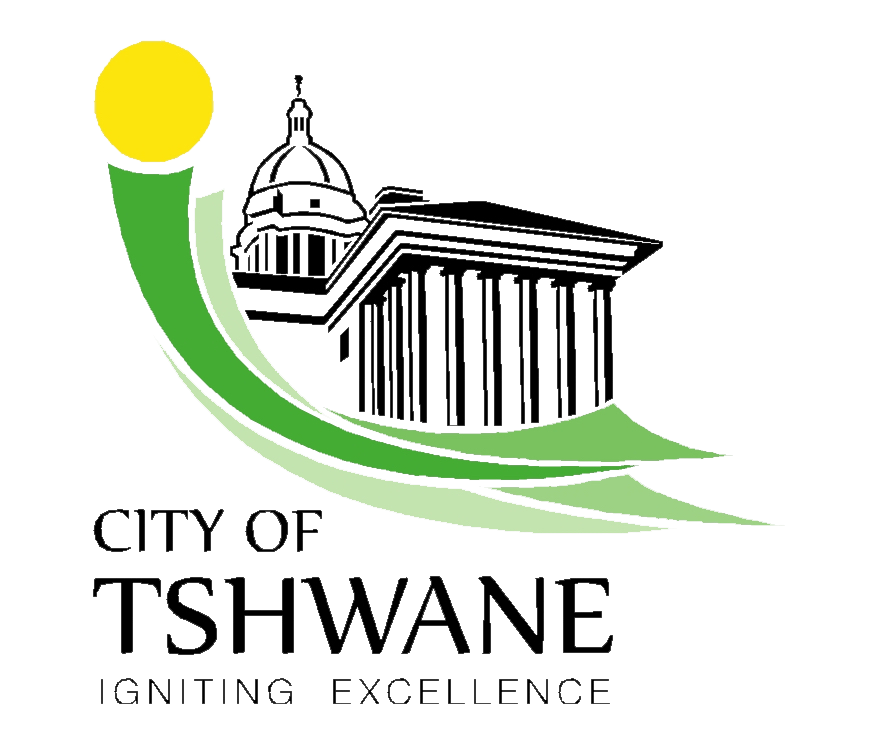HomeAbout Tshwane
About Tshwane
The City of Tshwane Metropolitan Municipality is classified as a Category A municipality by the Municipal Demarcation Board in terms of Section 4 of the Local Government: Municipal Structures Act, 1998 (Act 117 of 1998). The Municipality was established on 5 December 2000 through the integration of various municipalities and councils that had previously served the greater Pretoria area and surrounding areas.
The City of Tshwane boundary was further amended on 28 May 2008 through a proclamation in the Government Gazette that incorporated the former Metsweding District Municipality, including Dinokeng tsa Taemane (Cullinan) and Kungwini (Bronkhorstspruit), into the City of Tshwane. The incorporation, which took place in May 2011 after the local government elections, enlarged Tshwane to 6 345 km². Currently, Tshwane stretches almost 121 km from east to west and 108 km from north to south, making it the third-largest city in the world after New York and Tokyo/Yokohama. It also makes up more than 30% of Gauteng, which is 19 055 km² in extent.
The Incorporation of Metsweding District Municipality into the City of Tshwane is in line with the Gauteng Global City Region Strategy which sought to reduce the number of municipalities in Gauteng.
Key information about Tshwane
| Major residential areas | Akasia, Atteridgeville, Babelegi, Bronberg, Bronkhorstspruit, Centurion, Crocodile River, Cullinan, Eersterust, Ekangala, Elands River, Ga-Rankuwa, Hammanskraal, Laudium, Mamelodi, Pretoria, Rayton, Refilwe, Rethabiseng, Roodeplaat, Soshanguve, Temba, Winterveld and Zithobeni |
| Population | 3,6 million (2021) |
| Area | · 345 km² · Tshwane is the largest city in Africa and the third largest in the world based on land area |
| Municipal area GDP-R | R552,34 billion (2022 current prices (2022 Integrated Development Plan)) |
| GDP-R per capita | R3 597 000,00 (2022 current prices) |
| GGDP growth | 4,4% (2021 constant prices) |
| Labour force | · Labour force: 1,7 million people · 64,3% labour force participation rate All figures are for 2021 |
| Unemployment | 30,6% (2021) (official definition) |
| Principal languages | English, Sepedi, Afrikaans, Xitsonga and Setswana |
| Principal economic activities | · Government and community services (35%) · Finance (26%) · Manufacturing (11%) All figures are for 2021 |
| Focus sectors | · Automotive and components industry · Advanced manufacturing · Aerospace and defence technologies · Agriculture and agro-processing · Business process and outsourcing · Tourism · Research, innovation, education and knowledge · Alternative and renewable energy · Mining and beneficiation |
| Interesting facts about Tshwane | · Home to over 135 foreign missions and organisations · Highest concentration of medical institutions per square kilometre in South Africa · Knowledge, research, and development capital of South Africa · 28,26% of the Gauteng GDP (2021) · 9,91% of the national GDP (2021) · 53% of transport equipment exported from South Africa originates in Tshwane |
